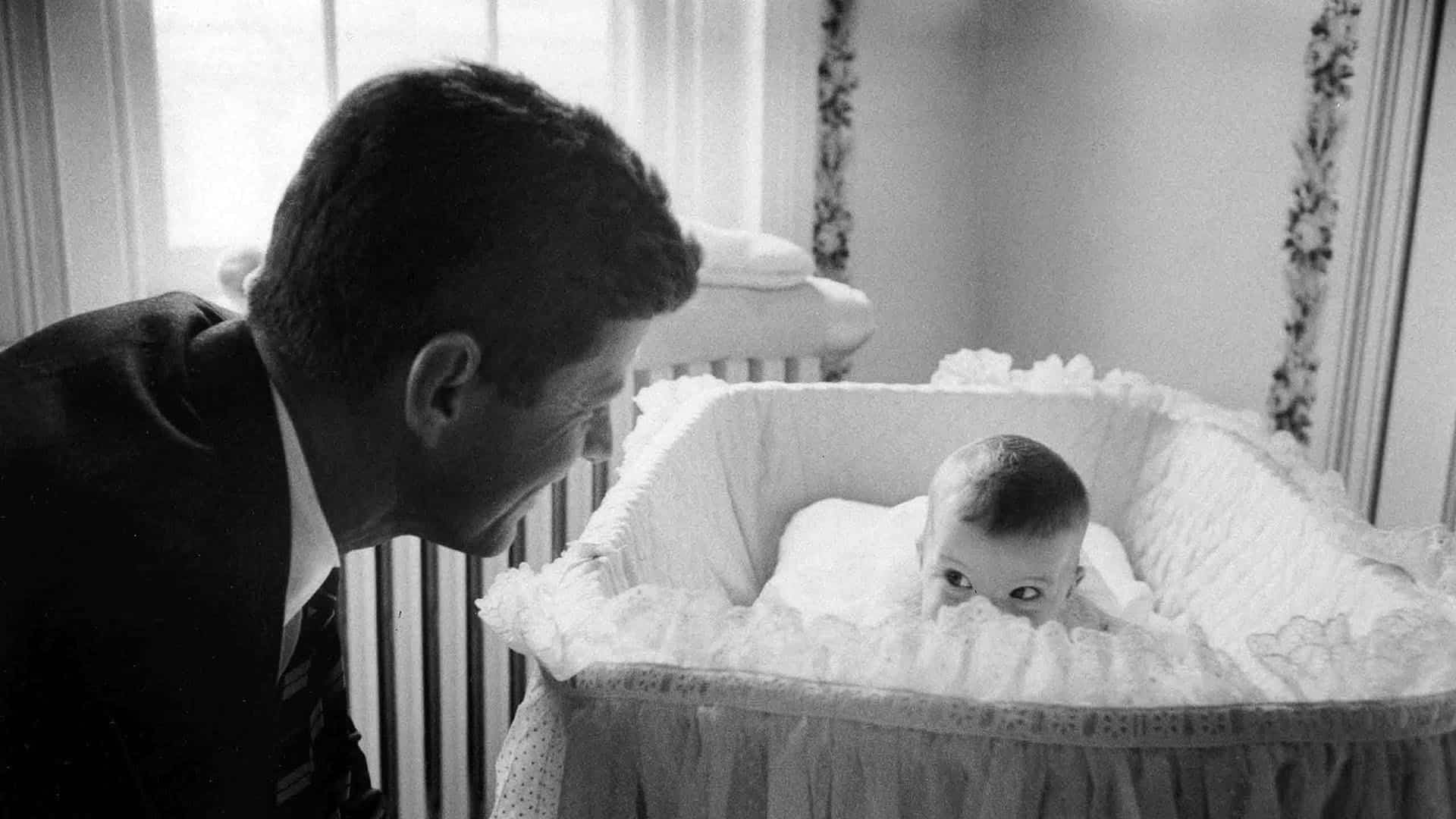Celebrated photo historian and former Senior Photography Curator at the Nelson-Atkins Museum of Art (Kansas City) goes deep on six key images from his new book about one of Life magazine’s most prolific—and least-known—photographers.

You’re getting blind.
Don’t miss the best of visual arts. Subscribe for $9 per month or $108 $90 per year.
Already suscribed ?


